The 16th Annual Gangs & Guns Training Symposium
An Interview with Jessy Johal and Sgt. Raj Jaswal
About Jessy Johal
Safer Schools Together, Gang Reduction Lead/GRIP Trainer
Jessy Johal has dedicated his career to at-risk youth and gang prevention and intervention. Jessy began his career in the Surrey School District’s award-winning Wraparound Program. In collaboration with the Surrey RCMP Youth Unit and Gang Enforcement Team, he managed a caseload of high-risk vulnerable youth, whether they were on the pathway of involvement or entrenched in gangs. Subsequently, as a City of Surrey supervisor, Jessy assisted staff in developing and implementing programs for youth in the inner-city region.
Jessy contributed to the delivery and facilitation of the Gang Reduction Through Informed Practice (GRIP) provincial gang prevention and intervention strategy, which was implemented by Safer Schools Together in partnership with the B.C. Ministry of Public Safety & Solicitor General. As a GRIP Trainer/Consultant, he delivers evidence-based gang prevention and intervention practices training to B.C. communities in response to youth gangs, engaging with primary community stakeholders including school district and law enforcement professionals. He provides critical incident case consultation, safety planning, and integrated case management assistance to build community capacity in school communities.
The GRIP strategy has made a significant impact across North America, where Jessy has provided comprehensive training in Gang Behavioral Analysis through Digital Threat Assessment® (DTA) to professionals in the criminal justice investigation and intervention community disciplines. This training was conducted at the World Gang Summit in collaboration with the National Alliance of Gang Investigators Associations. Additionally, Jessy conducted specialized sessions at various regional gang investigators associations, tailoring his expertise to meet specific community needs.
About Sgt. Raj Jaswal
Safer Schools Together, Gang Reduction Trainer/Consultant
Raj Jaswal has worked within the criminal justice system for over 16 years as a member of a Canadian police department. In 2023, Raj was recognized for his strong leadership abilities by the International Association of Chiefs of Police as one of the top 40 under 40 police officers internationally. Raj has been the recipient of a numerous recognitions for his work around organized crime and his commitment to community service. In 2021, he was recognized for his superior accomplishments in gang investigations by the National Gang Crime Research Center in Chicago, Illinois with the Frederick Milton Thrasher Award. In 2022, he was recognized for demonstrating outstanding professionalism and profound dedication to the safety of the communities he serves by the Ontario Gang Investigators Association with the Jim Aspiotis Memorial Award. Raj has a genuine passion for combining his practical experiences with his educational training. Raj serves as a board member for the Ontario Gang Investigators Association (ONGIA). Further, Raj provides education on gang prevention/intervention as a guest lecturer for post-secondary criminology departments.
How do you see the role of social media platforms in analyzing gang-associated behavior evolving in 2024, and what specific challenges do you think these platforms pose for law enforcement and prevention efforts?
- Beyond conventional concerns like drug sales, there’s a noticeable rise in organized crime activities such as the proliferation of ghost gun sales and various fraudulent activities, including clone cards.
- Law enforcement will face substantial challenges in keeping abreast of these evolving trends, especially with the increase in social media connectivity nationally and across borders among known gang members and other negative peer groups, including conflicting groups. Staying up to date on these platforms is important for effectively addressing and preventing criminal activities. The dynamic nature of online spaces requires law enforcement to be proactive and adaptive in their strategies to combat emerging threats.
What are the key social media platforms commonly used by gangs, and how can law enforcement effectively identify and monitor gang activities on these platforms? Are there any emerging trends teams should be aware of?
- Key social media platforms commonly used by gangs include well-established ones like Instagram, which often serves as the pathway to additional encrypted applications. Additionally, emerging platforms like Triller are gaining popularity in the US and are beginning to trend in Canada.
- Effectively identifying and monitoring gang activities on these platforms requires a multifaceted approach. Law enforcement personnel should prioritize regular and up to date training. Collaborative efforts are important, involving specific units within their own agencies and fostering partnerships with other agencies to collectively stay informed about current trends.
- Understanding that gang trends, historically originating in the US, have made their way north to trend in Canada over the years, the accessibility of social media has accelerated this process. Law enforcement teams should be aware that gang trends have become more fluid due to the nature of information sharing/connectivity on social media.
How can prevention teams address the specific challenges faced by youth involved in gangs, and what strategies are effective in preventing their recruitment or involvement in gang activities?
- Train prevention teams to recognize coded language and understand/identify early stages of gang behaviors in youth in their communities.
- Encourage anonymous reporting tools includes providing screenshots, will also support teams to gain insights into the local gang culture/climate.
- Educate youth on the risks of gang involvement on social media, advising against following gang-associated figures or pages.
- Establish community outreach and mentorship strategies to build trust and community capacity to offer positive alternatives.
- Collaborate with schools for educational initiatives addressing the dangers of gang involvement.
What are the key takeaways from your session? How are participants going to be able to apply this information to their own intervention, prevention, and enforcement strategies?
Early identification is critical. Understanding the importance of how social media impacts and affects youth in response to gang associated behaviour and negative peer group associations begins with being able to analyze and understand different social media platforms and the coded language being used. Participants will be able to better identify current trends that are affecting youth gang related activities on social media, while also gaining valuable insight into how youth are communicating to avoid detection.



